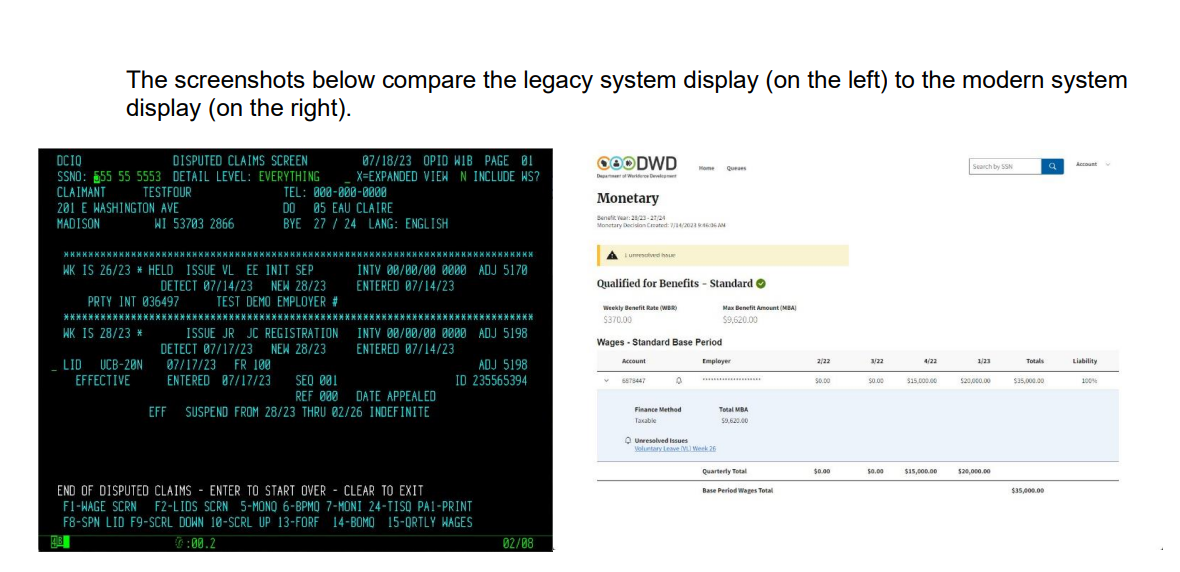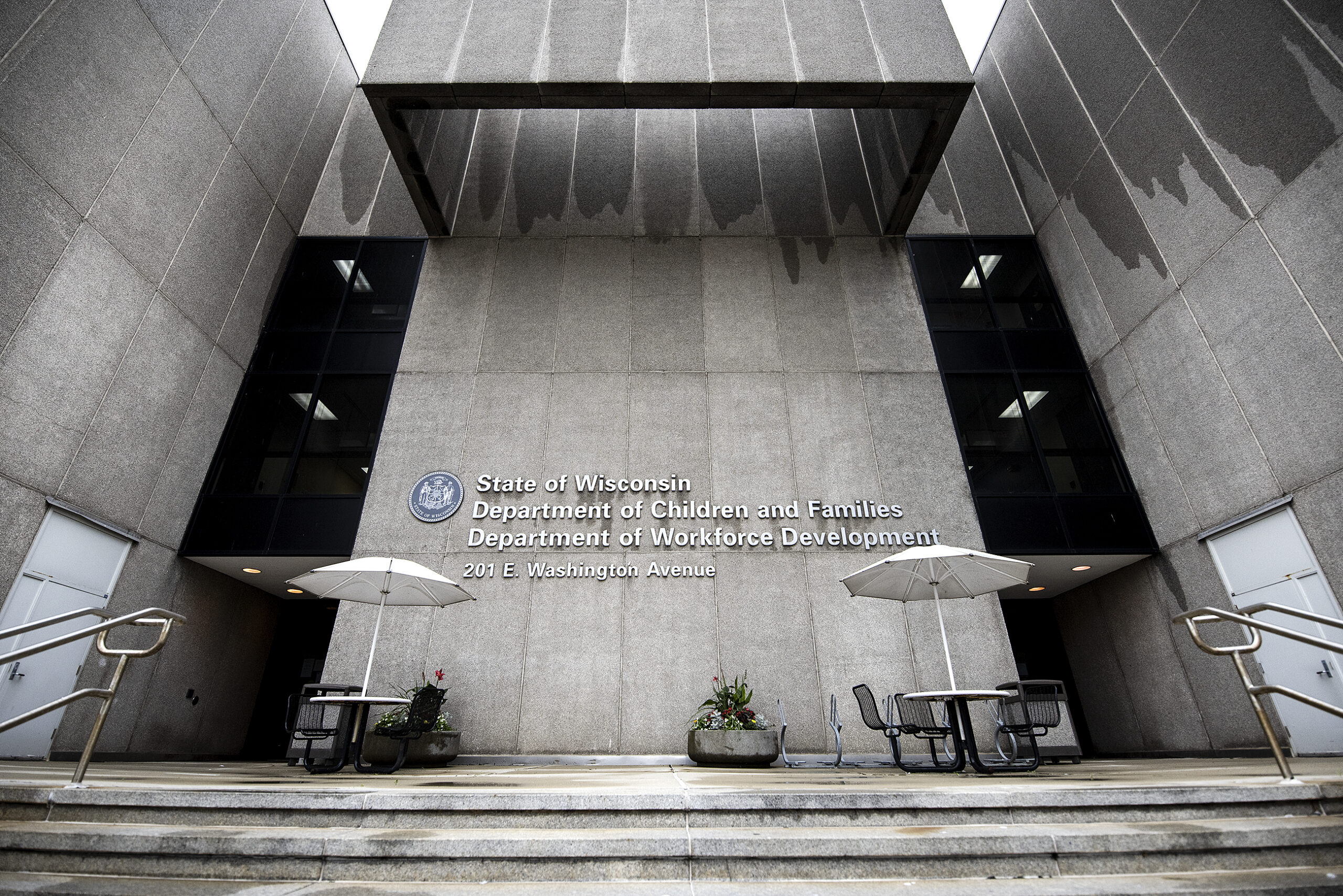Wisconsin is receiving over $11 million in federal funds to modernize technology used in the state’s unemployment system, which struggled with long backlogs during the COVID-19 pandemic.
The state Department of Workforce Development announced the grant award Monday. The agency says the money will be used in ongoing efforts to create a more modern and adaptable computer system to handle the state’s unemployment claims. Over time, the department says the project will entirely replace the “existing, antiquated mainframe” with a flexible, cloud-based system.
In a statement, DWD Secretary Amy Pechacek said the agency continues looking for ways to improve the speed and accuracy of unemployment payments, and to make the system easier to navigate.
News with a little more humanity
WPR’s “Wisconsin Today” newsletter keeps you connected to the state you love without feeling overwhelmed. No paywall. No agenda. No corporate filter.
“We look forward to investing these funds in additional efforts to overhaul our state’s decades-old unemployment insurance infrastructure and benefits delivery system,” she said.
DWD has been working on a long-term project to modernize the state’s unemployment insurance computer system since 2021, after working to find short-term fixes in 2020. Officials said the “outdated” system slowed processing unemployment claims during both the Great Recession in 2008 and the COVID-19 pandemic.
Coupled with staffing shortages, that led to major backlogs of claims at the onset of the pandemic and left some Wisconsinites waiting months without receiving a single unemployment payment. In late June 2020, DWD had yet to process 509,000 claims it received between March and June, representing 151,000 people, according to Wisconsin Watch.
Jim Chiolino, the department’s Unemployment Insurance Division administrator, said the pandemic created the perfect storm to overwhelm the state’s unemployment system. The agency saw historically low unemployment claims turn to historic highs “in a matter of days” when businesses shuttered to slow the spread of COVID-19.
“We had tons of calls coming into a system that wasn’t prepared to receive it,” he said. “We had 7 million calls incoming a month, and this was people who wanted to file for benefits and weren’t getting paid, or they weren’t able to talk to folks. We went through a lot of pain at that time.”
Jason Stein is the research director for the Wisconsin Policy Forum and recently published a study on how the state’s unemployment fund survived the pandemic. He said Wisconsin experienced unemployment delays during the Great Recession, but did not take action to “comprehensively” address the issue.
“We learned a lesson during the Great Recession, and we didn’t act on that lesson,” Stein said. “We can lay that at the feet of both political parties, leaders on both sides of the aisle. The hope would be that this time — when we’ve once again learned the lesson — that we do build a more robust system and that we don’t get kicked by a mule the third time.”
Chiolino said the department has made progress in addressing the technical issues it encountered during the pandemic. He said the computer system used for processing claims was first developed in the 1970s, but the agency is slowly transitioning to a modern cloud-based system with more flexibility.
“We’ve got some of the parts of that done already,” he said. “It’s mostly behind the scenes where that’s happening at the moment.”

Chiolino said the rigid computer program used by DWD made it difficult to implement pandemic-era federal programs, like the one that allowed self-employed people to become eligible for unemployment benefits.
“The old system is a monolith,” he said. “It’s one piece that you have to dig through code to find in order to change.”
Chiolino said the new system allows web developers to easily “plug in” pieces for new government programs that can be turned on and off when the programs expire.
“It’s going to be incredibly more flexible than (it is) currently,” he said. “We’re working on the bones of that right now. We’re putting into place some of the most complex pieces of it.”
He said DWD’s unemployment division has returned to pre-pandemic staffing levels with fewer than 600 employees. But Chiolino said the agency learned how to “staff up quickly” during the pandemic and can do so again if needed.
“We’ve got contacts at these call centers, and we know how to do that quickly,” he said. “We had to develop the expertise. It’s here, and it’s documented for if there’s any — knock on wood — future major event that causes the sort of problems we’ve seen, or even a short-term economic downturn.”
He also said the near record-low unemployment Wisconsin’s experienced for more than a year has allowed DWD to reassign “subject-matter experts” within the department to work on the system overhaul.
“It’s been serendipitous, but it’s been great for the work that we’re getting done,” he said.
Wisconsin Public Radio, © Copyright 2026, Board of Regents of the University of Wisconsin System and Wisconsin Educational Communications Board.



